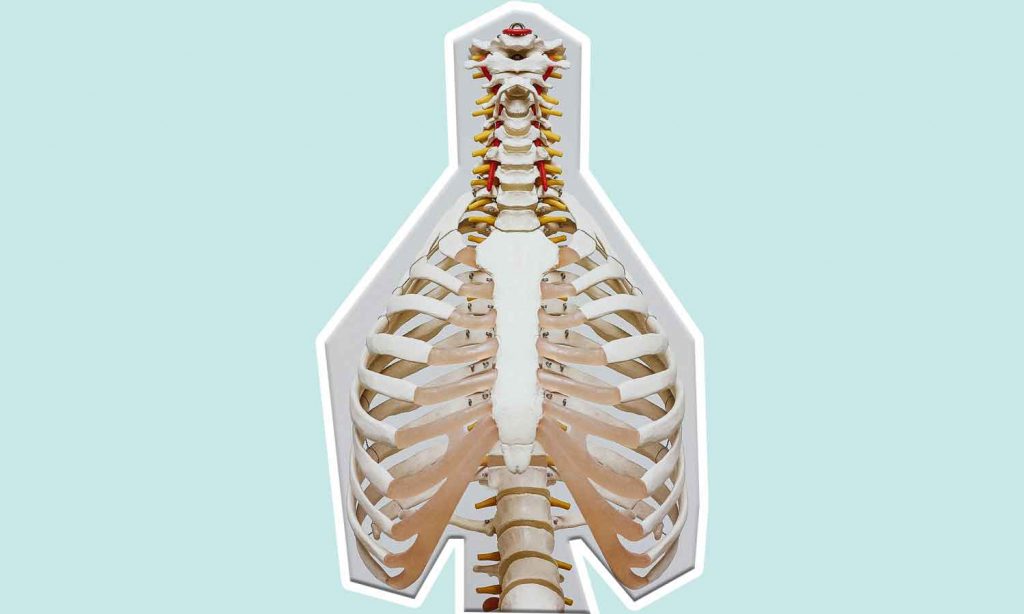While using your breath to quell anxiety and stress might be bizarre, it’s actually one of the most effective tools you have at your disposal. In fact, according to Headspace, research has shown breathing exercises to help to improve your cognitive function, encourage positive thought processes and reduce symptoms of anxiety.
In this instance, we’re talking about deep breathing exercises — otherwise known as diaphragmatic breathing, abdominal breathing and belly breathing. You know you’re belly breathing correctly when you breathe deeply and the air comes in through your nose, fills your lungs and your lower belly rises, says Harvard Health Publishing.
This is something that can feel unnatural for many people, as we have a tendency to breathe shallowly. In fact, according to Harvard Health Publishing, “deep breathing seems unnatural. There are several reasons for this. For one, body image has a negative impact on respiration in our culture. A flat stomach is considered attractive, so women (and men) tend to hold in their stomach muscles. This interferes with deep breathing and gradually makes shallow ‘chest breathing’ seem normal, which increases tension and anxiety”.
While many people breathe shallowly all the time, this has been shown to actually keep the body in a state of stress, which Headspace says can affect everything from your mental health, physical health and your susceptibility to illness. So, when you’re next feeling in a state of stress or overwhelm, try to employ a deep breathing exercise in order to calm your body and mind quickly.
The 4-7-8 Method
Developed by physician and leader in the world of integrative medicine, Dr Andrew Weil, the 4-7-8 method is a breathing pattern that helps to calm the mind and relax the body. This technique is excellent for slowing the symptoms of stress and anxiety as it helps to quiet “swirling thoughts and concerns,” says Healthline.
This technique forces the mind and body to focus on the breath, instead of what is running through your head, so it’s also commonly used as a sleep-aid when racing thoughts are intruding on slumber. Dr Weil describes it as a “natural tranquilliser for the nervous system”.
How to practice it
To practice 4-7-8 breathing, Dr Weil recommends sitting up straight — especially while learning the exercise. Then, place the tip of your tongue behind your upper front teeth and keep it there throughout the exercise. If this feels awkward, try pursing your lips slightly. Then, follow these steps to complete the exercise:
- Exhale completely through your mouth, making a whoosh sound.
- Close your mouth and inhale quietly through your nose to a mental count of four.
- Hold your breath for a count of seven.
- Exhale completely through your mouth, making a whoosh sound to a count of eight.
- This is one breath. Now inhale again and repeat the cycle three more times for a total of four breaths.
“Once you develop this technique by practising it every day, it will be a very useful tool that you will always have with you,” says Dr Weil. “Use it whenever anything upsetting happens – before you react. Use it whenever you are aware of internal tension or stress. Use it to help you fall asleep.”
If you’re a visual learner, Dr Weil has also recorded a video of him demonstrating the technique.







